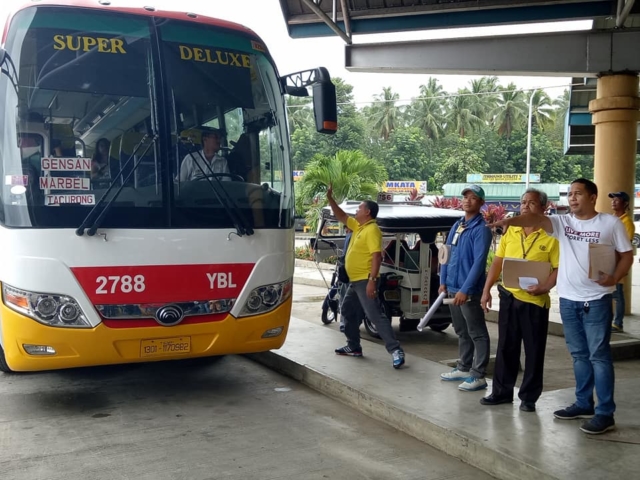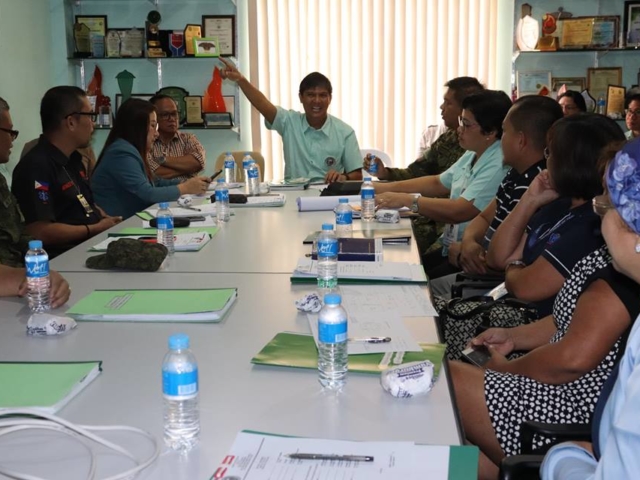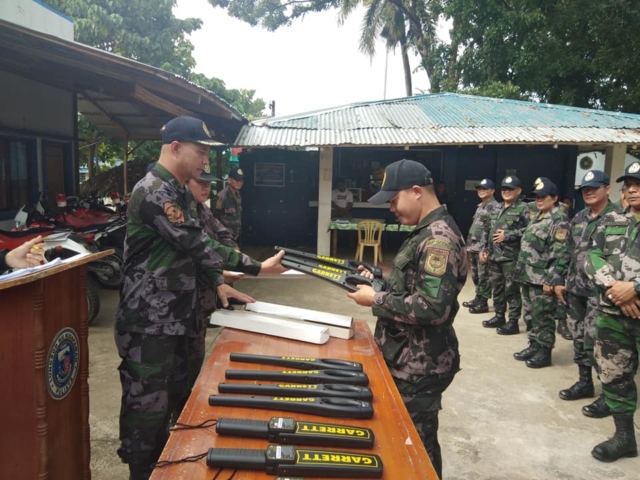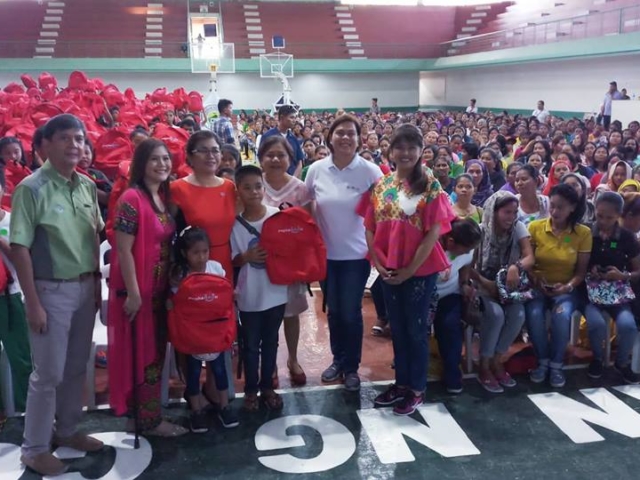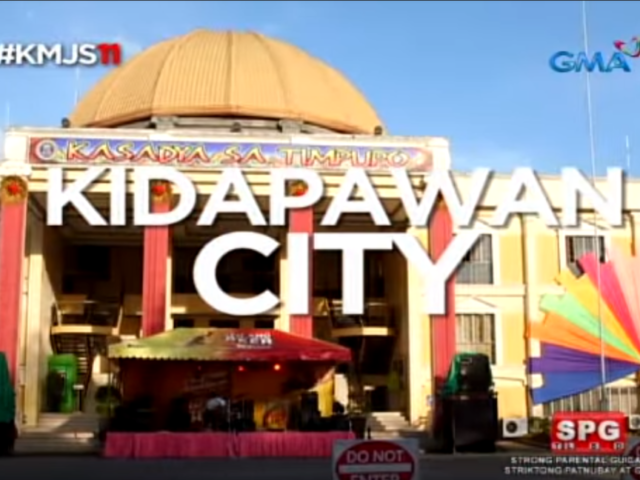Natural Resources
Kidapawan City’s land is primarily an agricultural area with 56 percent or about 18,998.784 hectares of its total land area has been devoted to agricultural production. Another 38 percent was used for institutional, commercial and residential usage, while the rest are forestlands, mainly within the Natural Park and reservations.
Various varieties of exotic fruits thrive in its 40 barangays such as durian, rambutan, mango, mangosteen, lanzones, marang and banana. It rendered a distinction for the City as a fruit bowl of the province. Other crops that are grown in the city are rice, corn, rubber, coconut and sugarcane.
City Economy
Although an agricultural area, the City’s economy is both agricultural and consumer-driven. Agro-industrial activities include grains production, high-yield fruit production (banana, rambutan, ,mango, durian, marang, lanzones, mangosteen) and rubber production.
It has a total of 3, 442.33 hectares of orchards. Banana plantations comprised about 1,645.85 hectares, followed by rambutan with 422.6 hectares. Mango plantations come third with 381.99 hectares followed by lanzones, durian and many others. These numbers of plantations contribute to the growth of Agri-Business and Trade in the city.
The biggest investment in the City is the Php 1.2 Billion-69MegaWatt Mt. Apo Geothermal Power Plant that was developed by the Philippine National Oil Company (PNOC) and then privatized into Energy Development Corporation. The presence of the energy production plant has provided 62% of the total real property revenues for the city.
As the commercial and trading center of the province that caters six adjacent municipalities, Kidapawan City has a number of commercial and universal banks that directly contribute to brisk business, and spur the industrialization of the City.
In 1999, a year after the cityhood, it registered an income of P255, 398,773.25. Of this about 85.67 percent of the total represented the City’s Internal Revenue Allotment while 14.33 percent was raised from local collections and grants and borrowings from the Government Financial Institutions (GFI).
Year 2008 came; the National Statistics Coordinating Board has found Kidapawan City as the richest in Mindanao. It has the lowest poverty incidence in the entire major island, outranking industrialized cities like Davao, General Santos and Cagayan de Oro.














